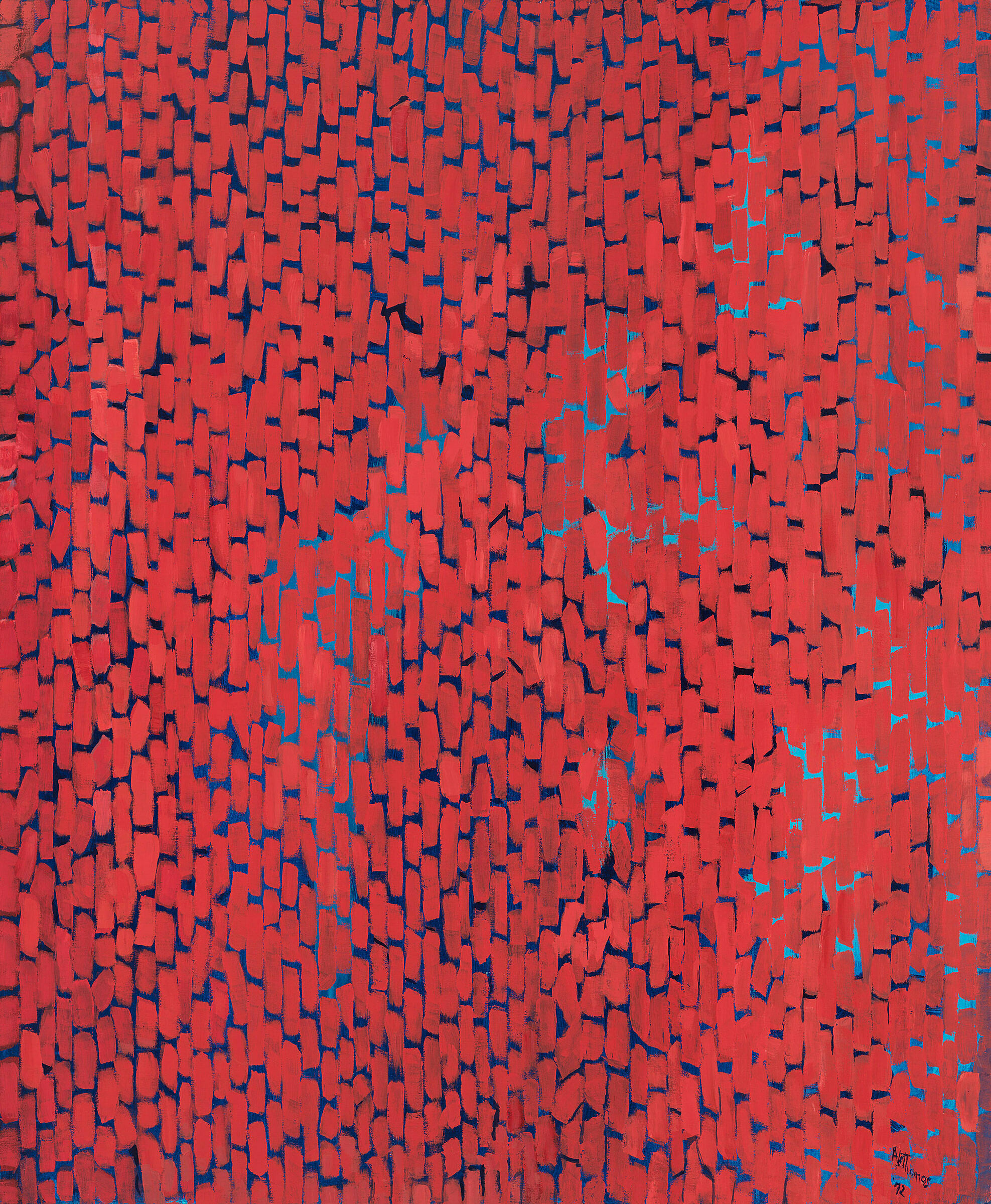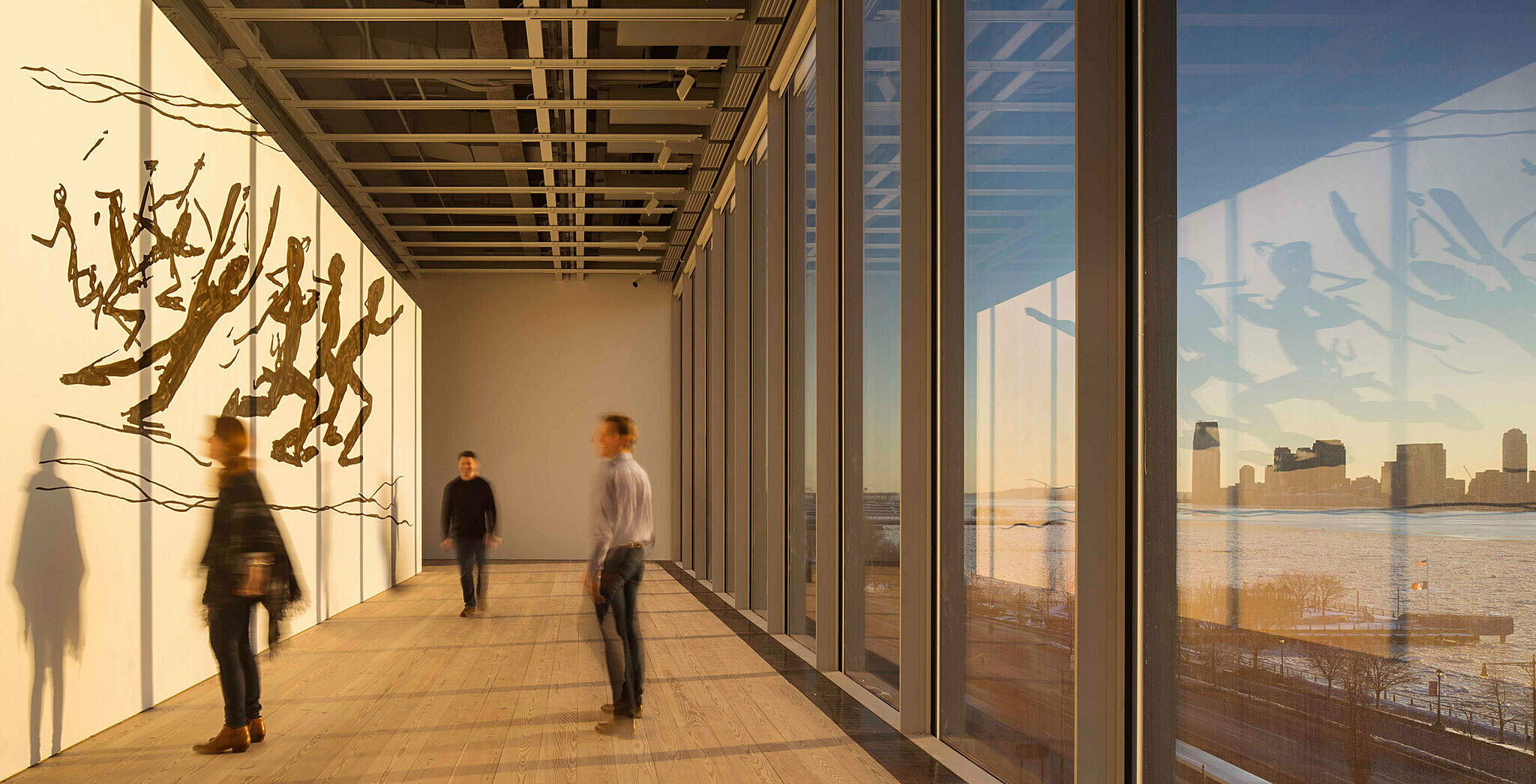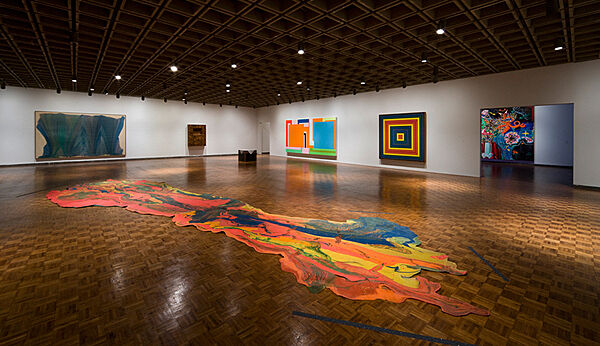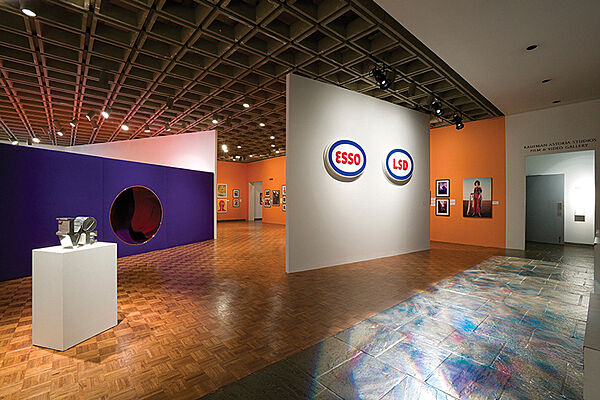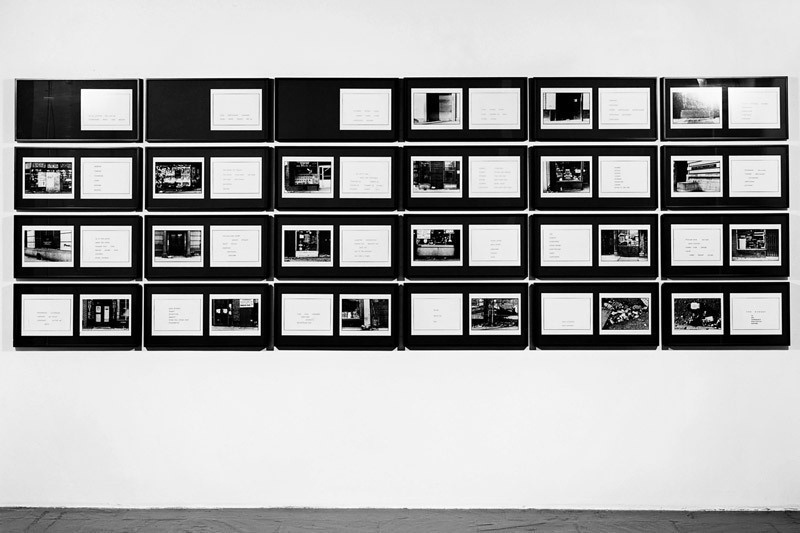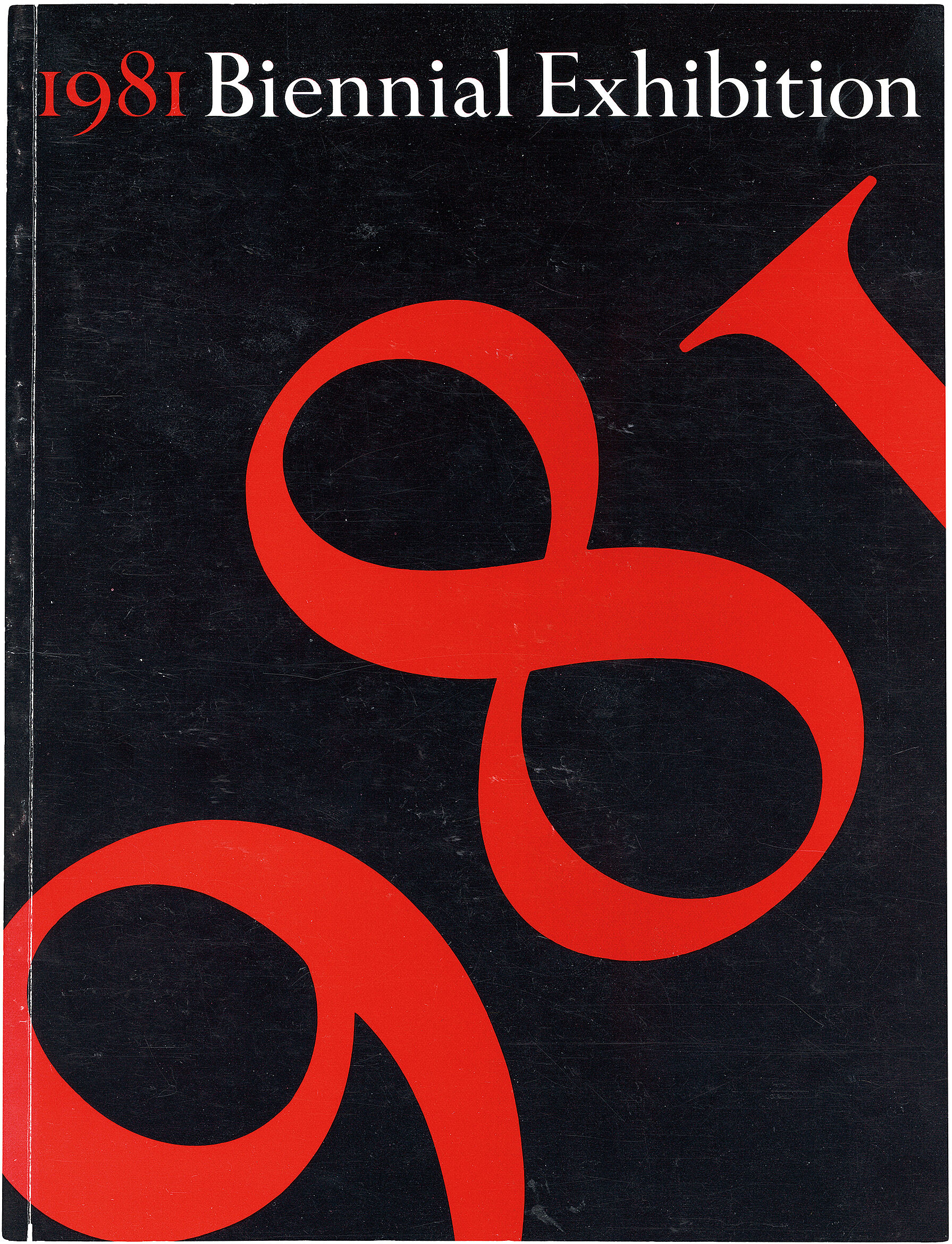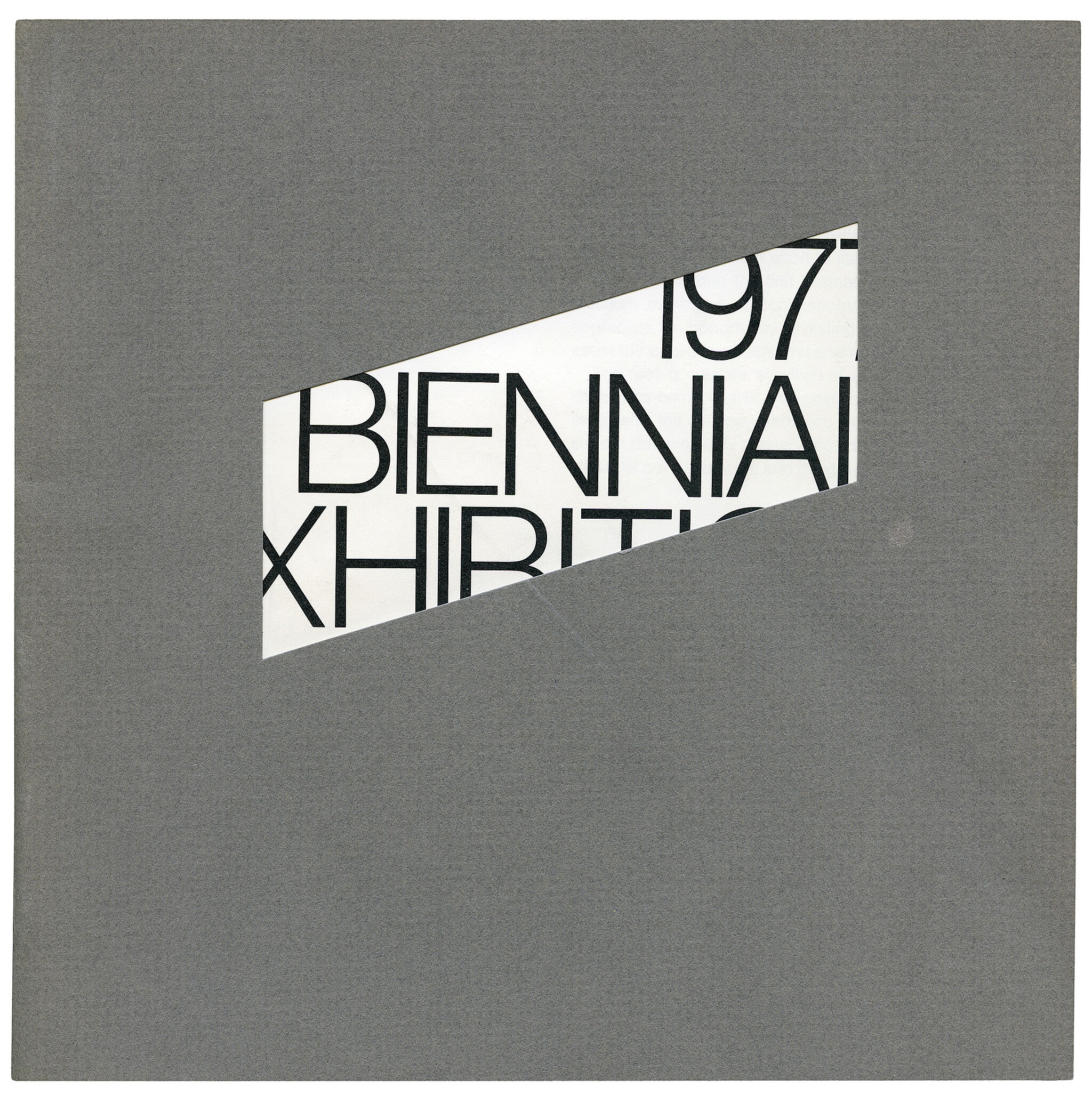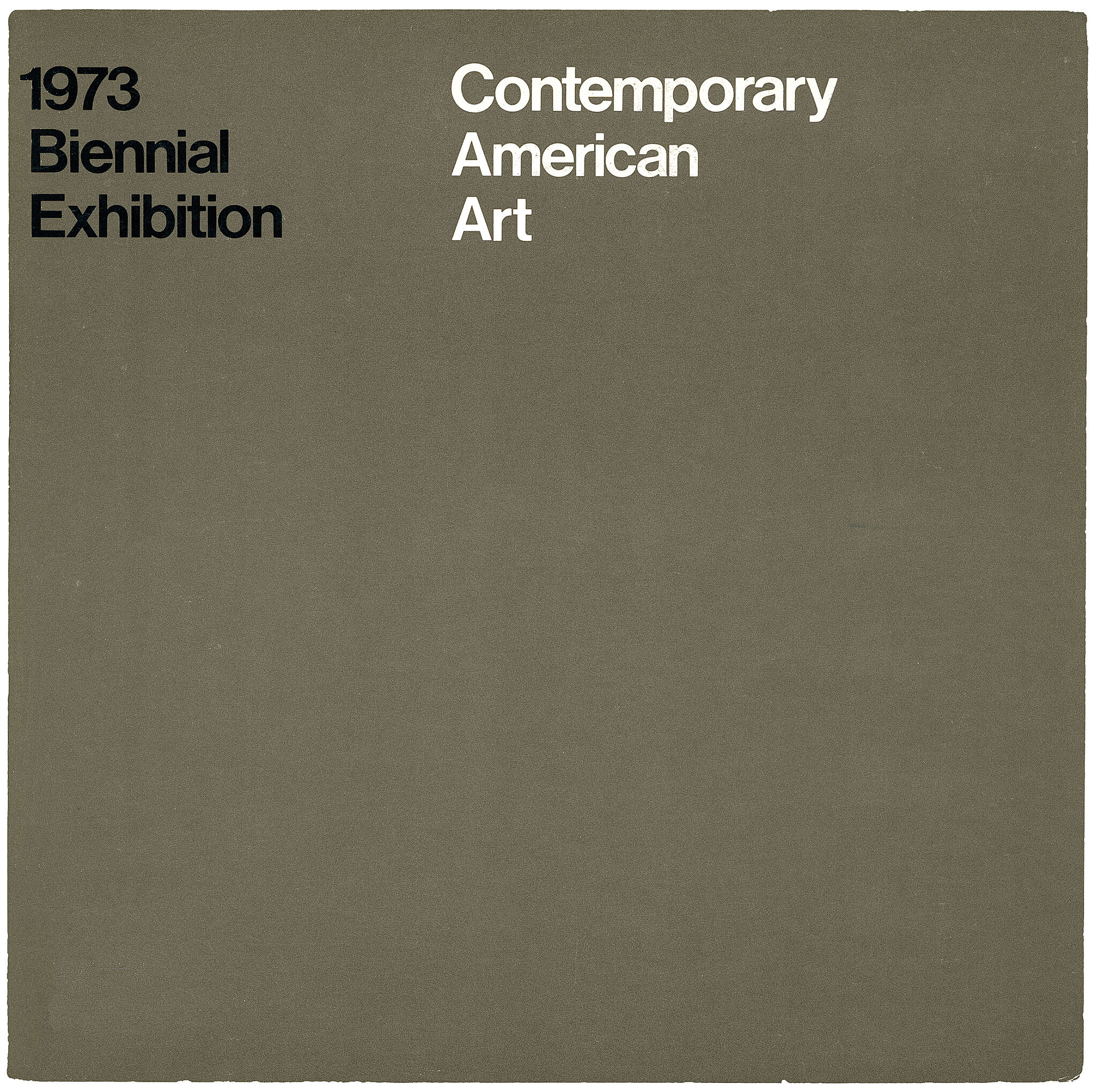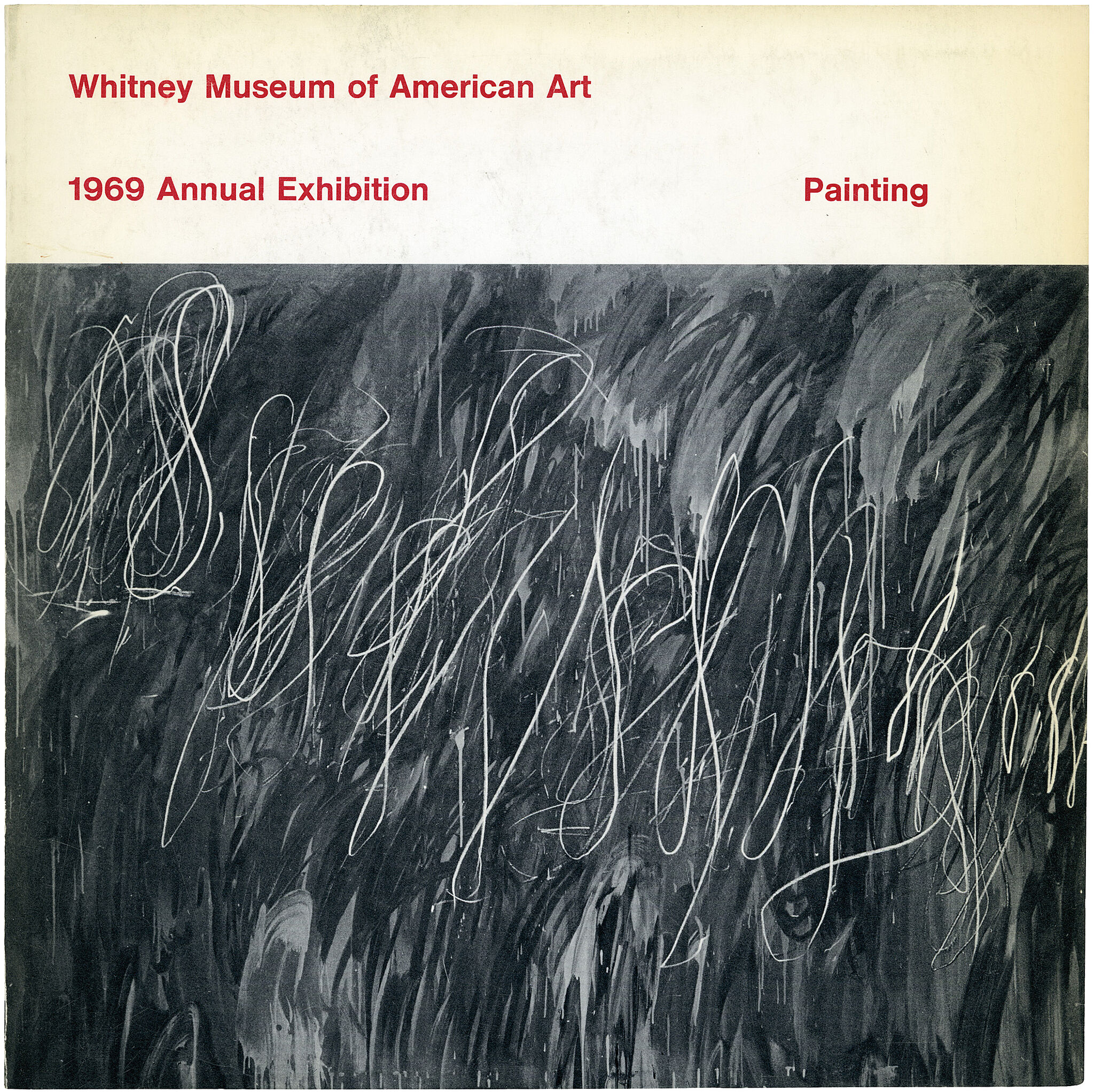Lynda Benglis
1941–
While best known as a sculptor, Lynda Benglis has also worked intermittently in photography, video, and installation art. Her sculptures, although typically abstract, often evoke body parts, organic forms, or the ebb and flow of natural forces: cascades of cast aluminum that cantilever improbably from the wall; knots of plastic and fabric, gaily painted; assemblages of beads and feathers that resemble peacocks. Restlessly experimental, Benglis is as adept with such traditional mediums as metal and ceramic as she is with unconventional materials such as beeswax, chicken wire, and paper.
To make Contraband, Benglis poured five hundred pounds each of several colors of pigmented latex onto the floor, allowing the colors to swirl and the material to congeal into a shape she could neither anticipate nor control. A signal work of Process art—in which form emerges in the activity of making and the work becomes a record of its own creation—Contraband flouted the rigid geometries and neutral palette of much contemporaneous Minimalist art. In fact, although Benglis planned Contraband for inclusion in the Whitney’s landmark 1969 exhibition Anti-Illusion: Procedures/Materials, she withdrew it in response to curatorial concerns that the work’s Day-Glo hues would overwhelm the show’s more monochromatic selections. In 2008 Benglis said of Contraband, “I think I’m painting with liquids but making objects that are dimensional, that have a sense of their own space.” She followed this piece with other “spill” works— globs of polyurethane foam massed in corners and on walls and floors—and, in the four decades since, has produced a three-dimensional body of work notable for its range and innovation.
Introduction
Lynda Benglis (born October 25, 1941) is an American sculptor and visual artist known especially for her wax paintings and poured latex sculptures. She maintains residences in New York City, Santa Fe, New Mexico, Kastellorizo, Greece, and Ahmedabad, India.
Wikidata identifier
Q538986
Information from Wikipedia, made available under the Creative Commons Attribution-ShareAlike License . Accessed November 26, 2025.
Country of birth
United States
Roles
Artist, painter, performance artist, photographer, sculptor, teacher, video artist
ULAN identifier
500092195
Names
Lynda Benglis, Linda Bengalis
Information from the Getty Research Institute's Union List of Artist Names ® (ULAN), made available under the ODC Attribution License. Accessed November 26, 2025.

